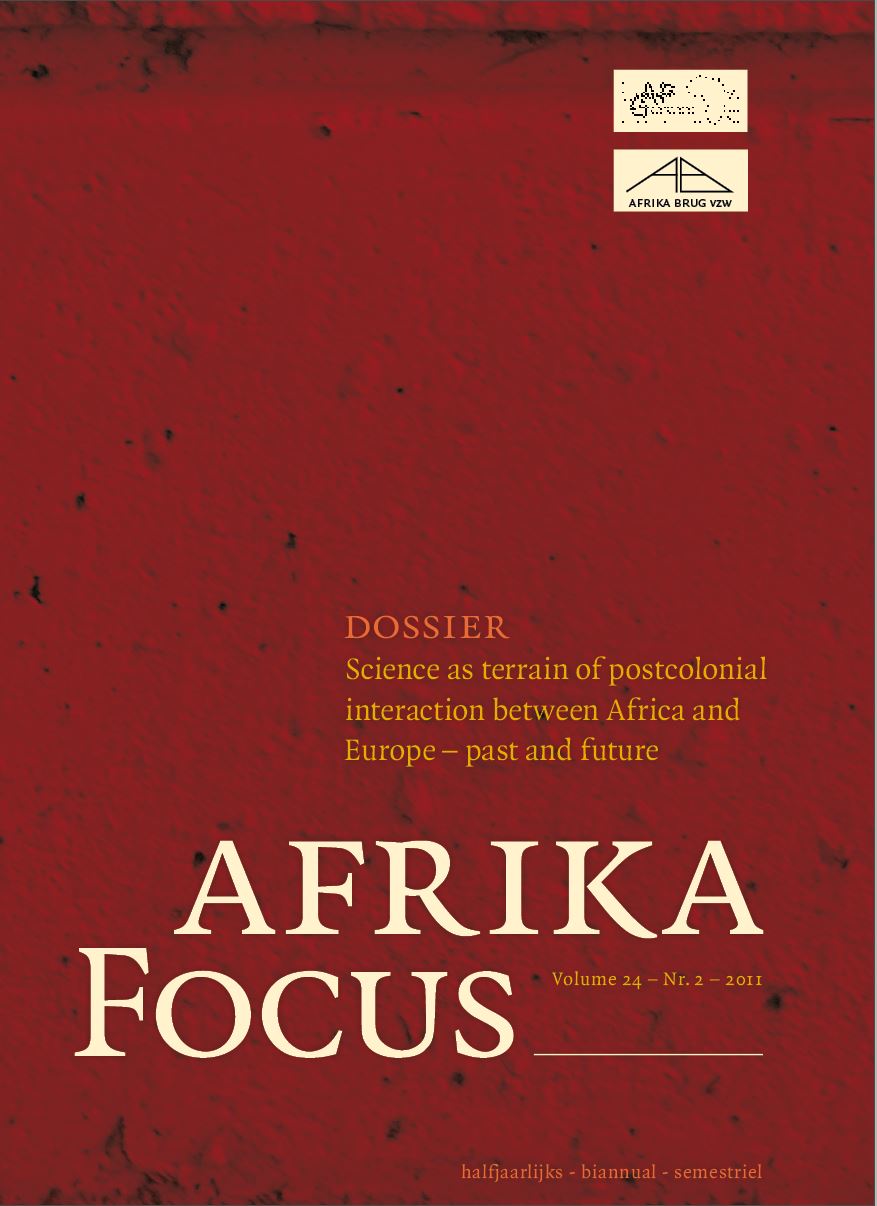The socio-cultural-symbolic nexus in the perpetuation of female genital cutting: a critical review of existing discourses
DOI:
https://doi.org/10.21825/af.v24i2.4997Abstract
Female Genital Cutting (FGC), also known as Female Genital Mutilation (FGM) and Female Circumcision (FC), continues to be a prevalent practice in many parts of the world and especially in Africa. This is somewhat perplexing given the concerted efforts aimed at eradicating this practice. This article argues that the perpetuation of FGC is due to the unintended effects of marginalization experienced by individuals and groups of women as a result of the approach of some of the anti-FGC global discourses and policies put forward to eradicate the practice. This, we argue, happens when the social structure that provides such groups and individuals with a sense of identity and belonging breaks down. Therefore, the attack on what practicing communities consider to be of crucial cultural value causes a re-focus on the practice resulting in a re-formulation and re-invention of these practices in a bid to counter the feelings of alienation. FGC is thus reframed and reconstructed as a reaction against these campaigns. This article intends to investigate the socio-cultural-symbolic nexus surrounding the practice of FGC, its meaning and implications with respect to its continued existence. It draws examples mainly from communities in Kenya that practice FGM as a rite of passage into adulthood. Herein, perhaps, lies the driving force behind the practice in this contemporary age: it carries a lot of significance with respect to transformational processes, and it is seen as crucial in the representation of the body, identity and belonging. The aim of this article is not to defend FGC’s continuation, but rather to explore the interplay between its changing socio-cultural dimensions as a counter-reaction to the eradication discourse and policies. In this way we will try to explore some of the factors that lay behind its perpetuation. Key words: body practices, female genital cutting, female circumcision, femininity, cultural identityDownloads
Published
How to Cite
Issue
Section
License
Authors who publish with this journal agree to the following terms
Authors retain copyright and grant the journal right of first publication with the work simultaneously licensed under a Creative Commons Attribution License that allows others to share the work with an acknowledgement of the work's authorship and initial publication in this journal.
Authors are able to enter into separate, additional contractual arrangements for the non-exclusive distribution of the journal's published version of the work (e.g., post it to an institutional repository or publish it in a book), with an acknowledgement of its initial publication in this journal.
Authors are permitted and encouraged to post their work online (e.g., in institutional repositories or on their website) prior to and during the submission process, as it can lead to productive exchanges, as well as earlier and greater citation of published work (See The Effect of Open Access).


